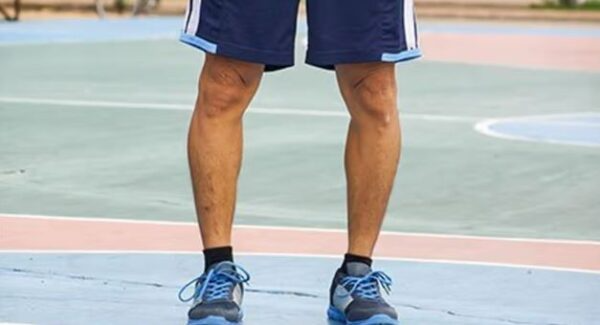
The medical term for bow legs, or genu varum, refers to a condition in which the legs curve outward, leaving a perceptible space between the knees when standing upright.
Even though children are treated for it more frequently, many adults look for solutions to treat or better this illness.
Let’s examine practical methods and workouts for individuals who want to lessen the symptoms of bow legs.
It’s important to identify the root reason of your bow legs before implementing any treatment methods. Genetics, untreated childhood bow legs, vitamin deficiencies, and bone disorders are just a few of the contributing factors.
Speaking with a medical professional can provide information about your particular circumstances and whether corrective surgery is advised.
1. Boost elasticity and strength
Your posture and muscular balance can be enhanced by concentrating on lower body strengthening and stretching activities, which may help minimize the look of bow legs.
Hamstring curls: Improving your leg alignment can be supported by strengthening your rear thighs. For this exercise, use a leg curl machine or resistance band.
Calf raises: Your legs’ alignment can be supported by strong calves. Elevate and descend your heels while standing on the edge of a step.
Adductor stretches: If your legs are being pulled outward by tightness in this area, extending your inner thighs may help. Try sitting with your feet flat on the floor and bending your knees slightly.
Maintain proper posture.
Managing your bow legs might also be aided by better posture in general. Observe your gait and posture, and make an effort to maintain a balanced body weight. Enhancing postural awareness and strengthening the core are two benefits of yoga and pilates.
2. Take physical therapy into account
A physical therapist can customize a stretching and exercising regimen for you with the goal of minimizing the space between your knees and enhancing leg alignment. They can also offer advice on how to use shoe inserts or braces, which can sometimes aid adults with bow legs.
3. Surgery: As a final option
Adults with severe cases of bow legs may seek surgery to remedy the condition. From guided growth surgeries to osteotomies (bone realignment), procedures can be performed. To fully appreciate the benefits and dangers of these alternatives, a thorough discussion with an orthopedic surgeon is recommended.
Even while it might be difficult to fully correct adult bow legs without surgery, using these techniques can greatly enhance your comfort, mobility, and quality of life.
Keep in mind that every body is different, and what counts most is to embrace your uniqueness while making efforts to improve your health and wellbeing.
Leave a Reply